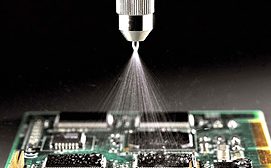Home » Keywords: » urethane resins
Items Tagged with 'urethane resins'
ARTICLES
High-Performance, Environmentally Compliant, Two-Component Waterborne Urethane Dispersions
Waterborne Urethane Dispersions
Read More
Keep the info flowing with our eNewsletters!
Get the latest industry updates tailored your way.
JOIN TODAY!Copyright ©2025. All Rights Reserved BNP Media.
Design, CMS, Hosting & Web Development :: ePublishing










